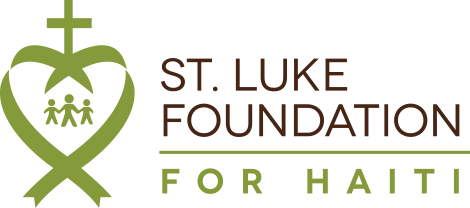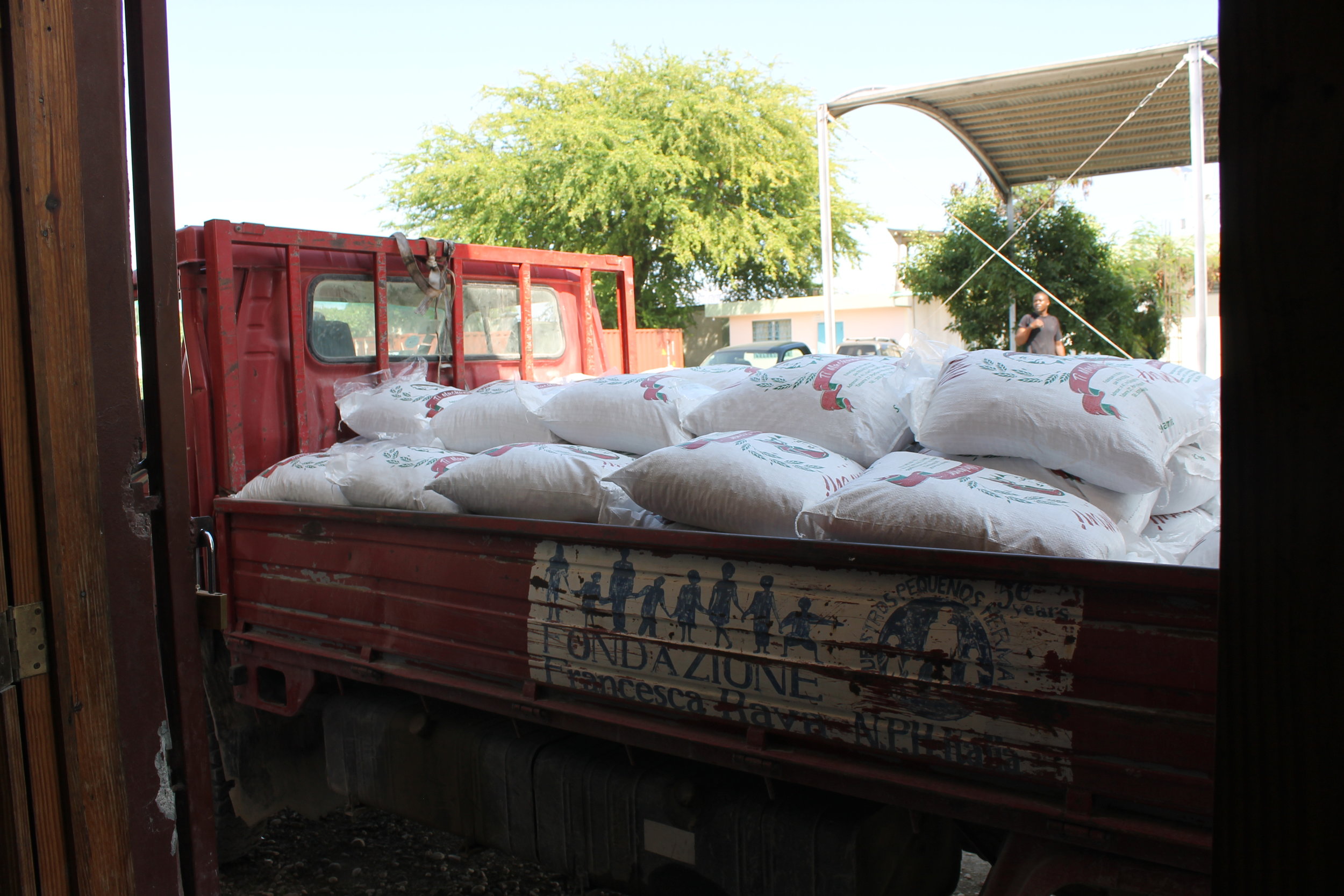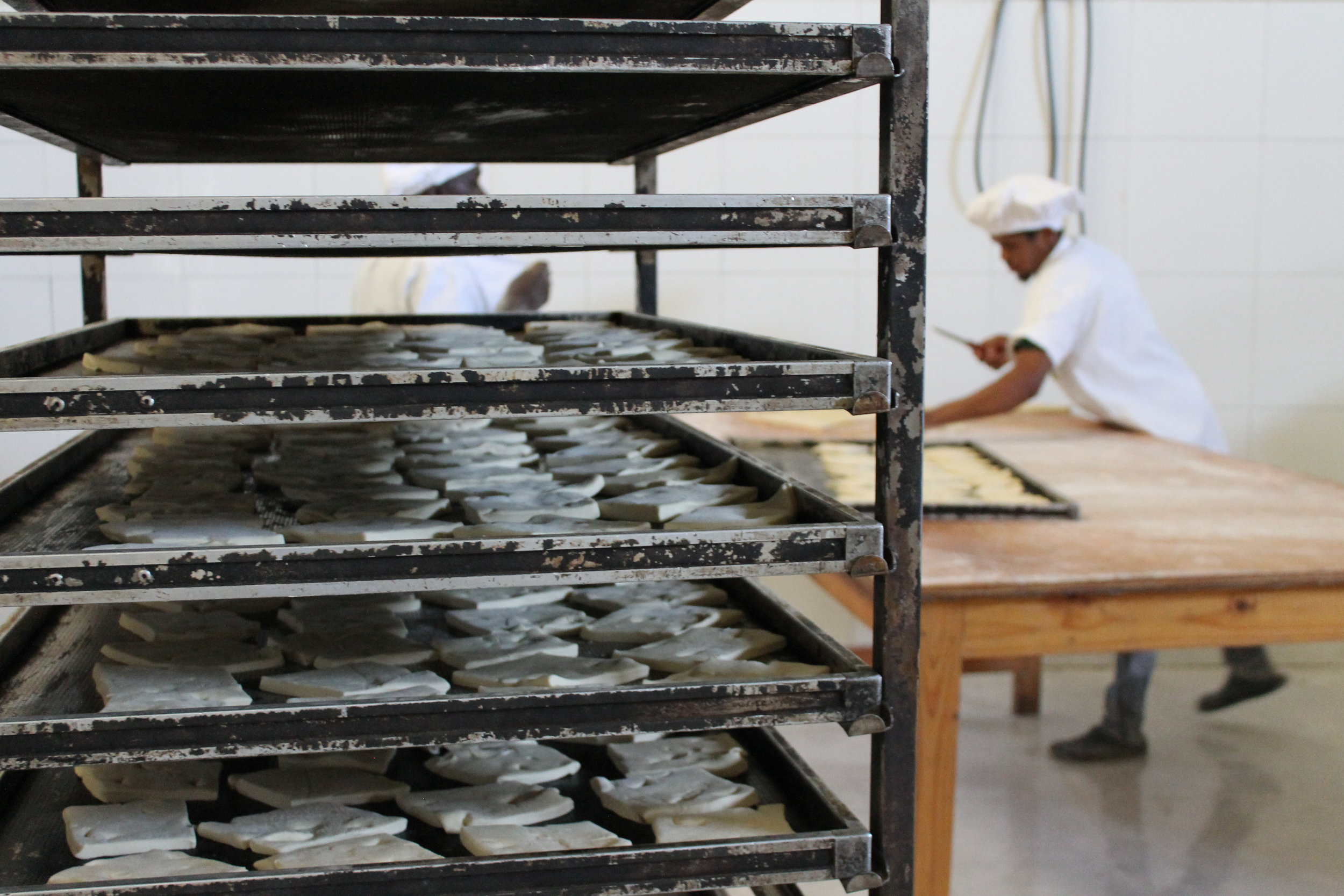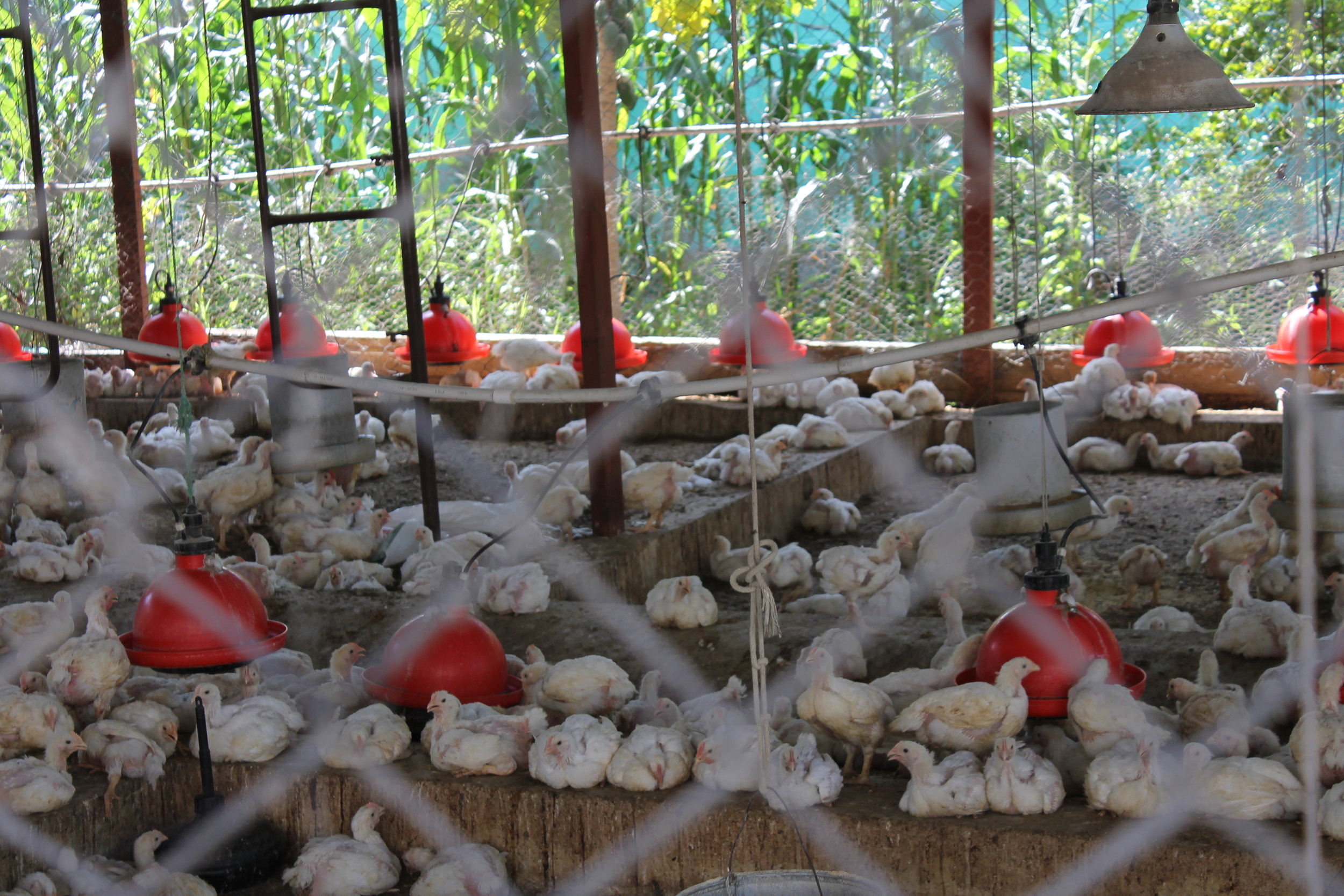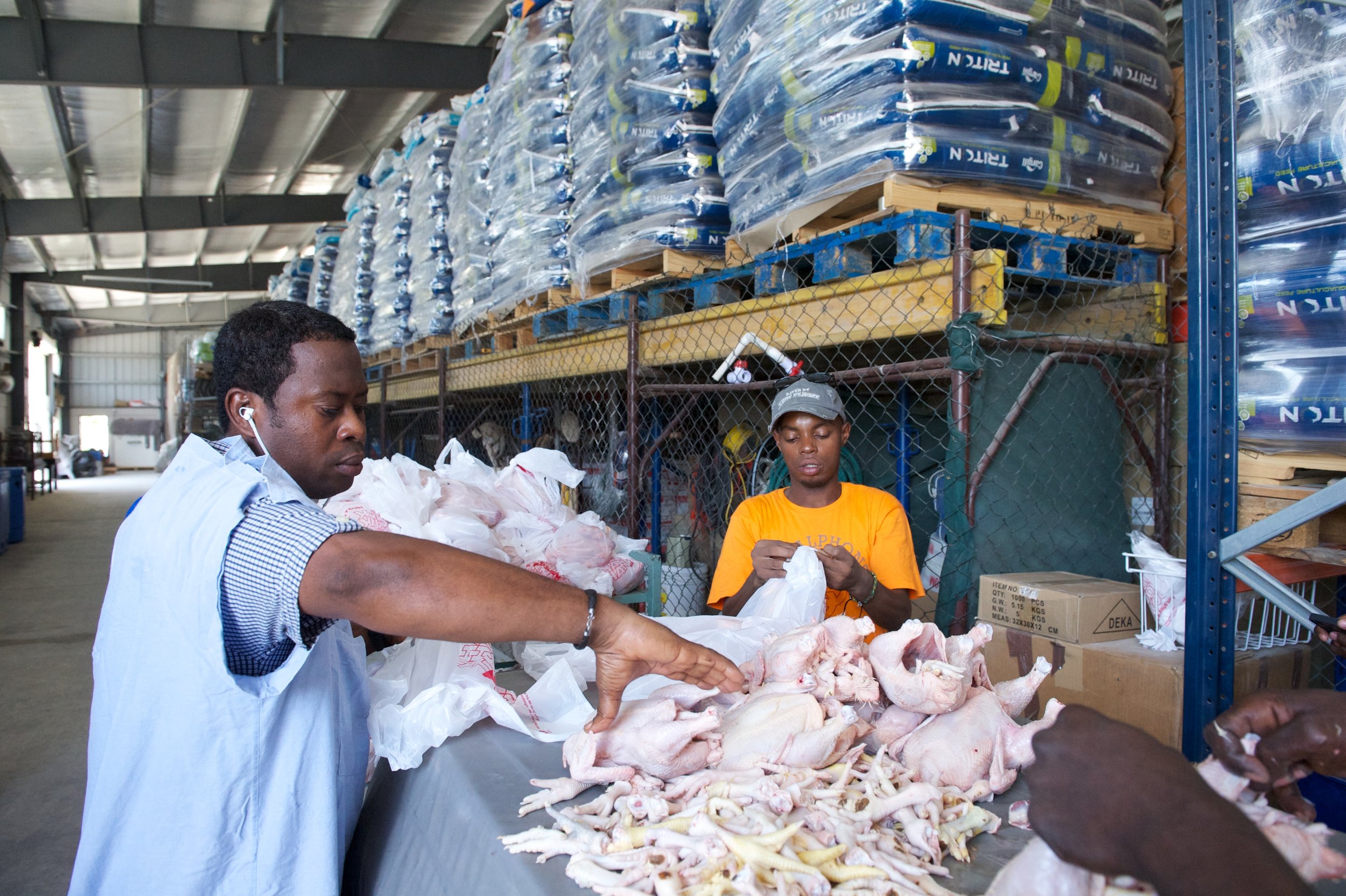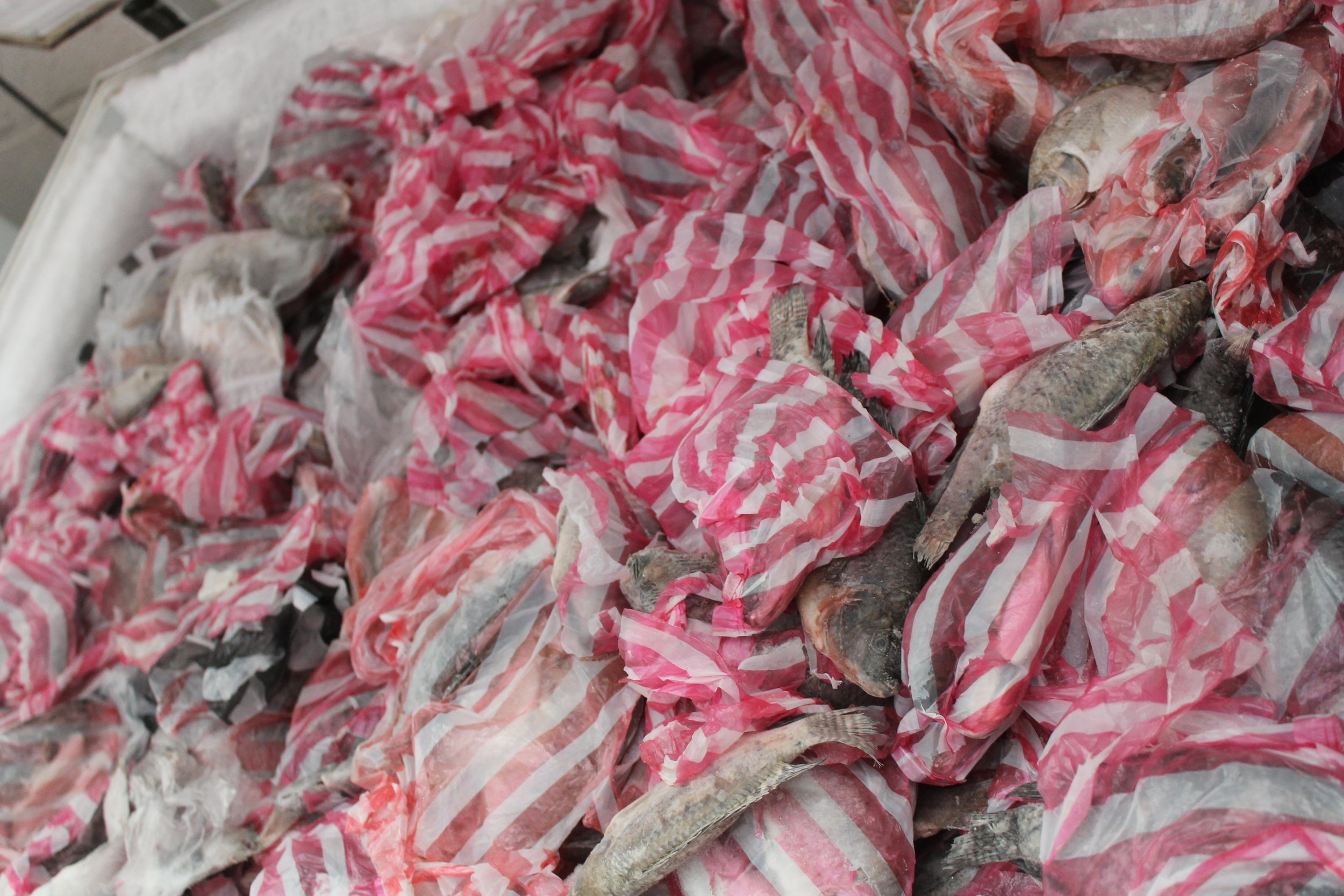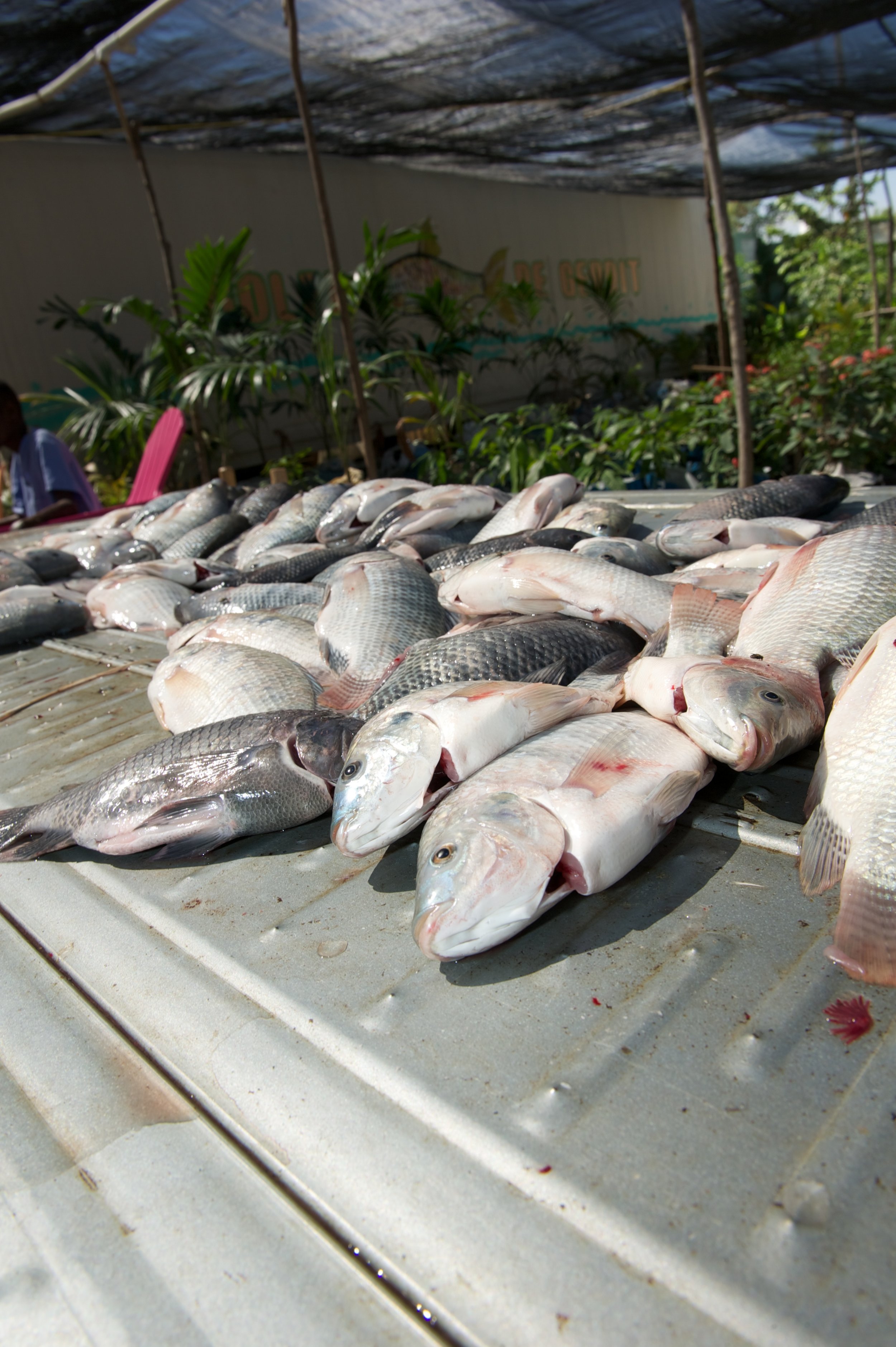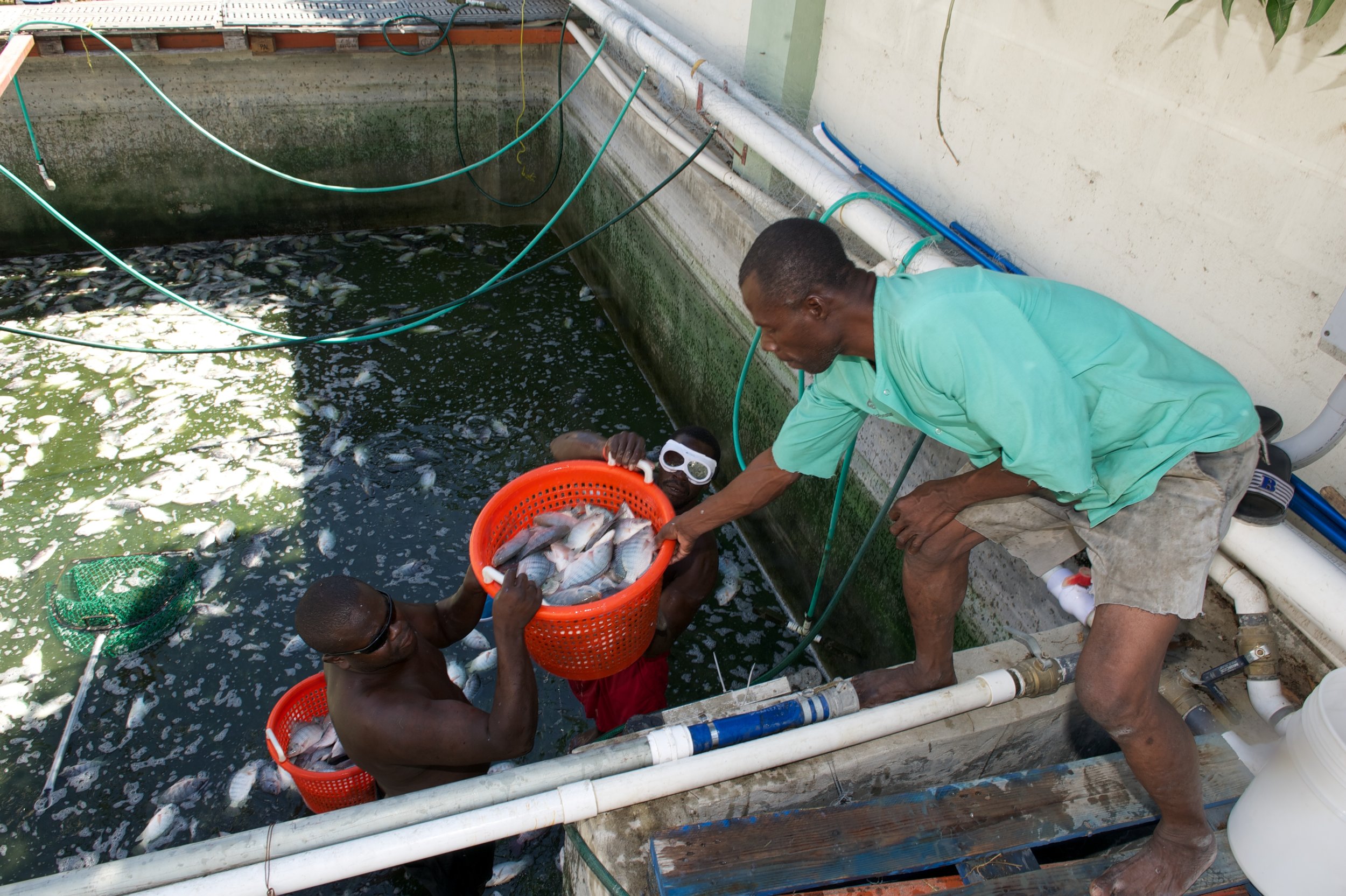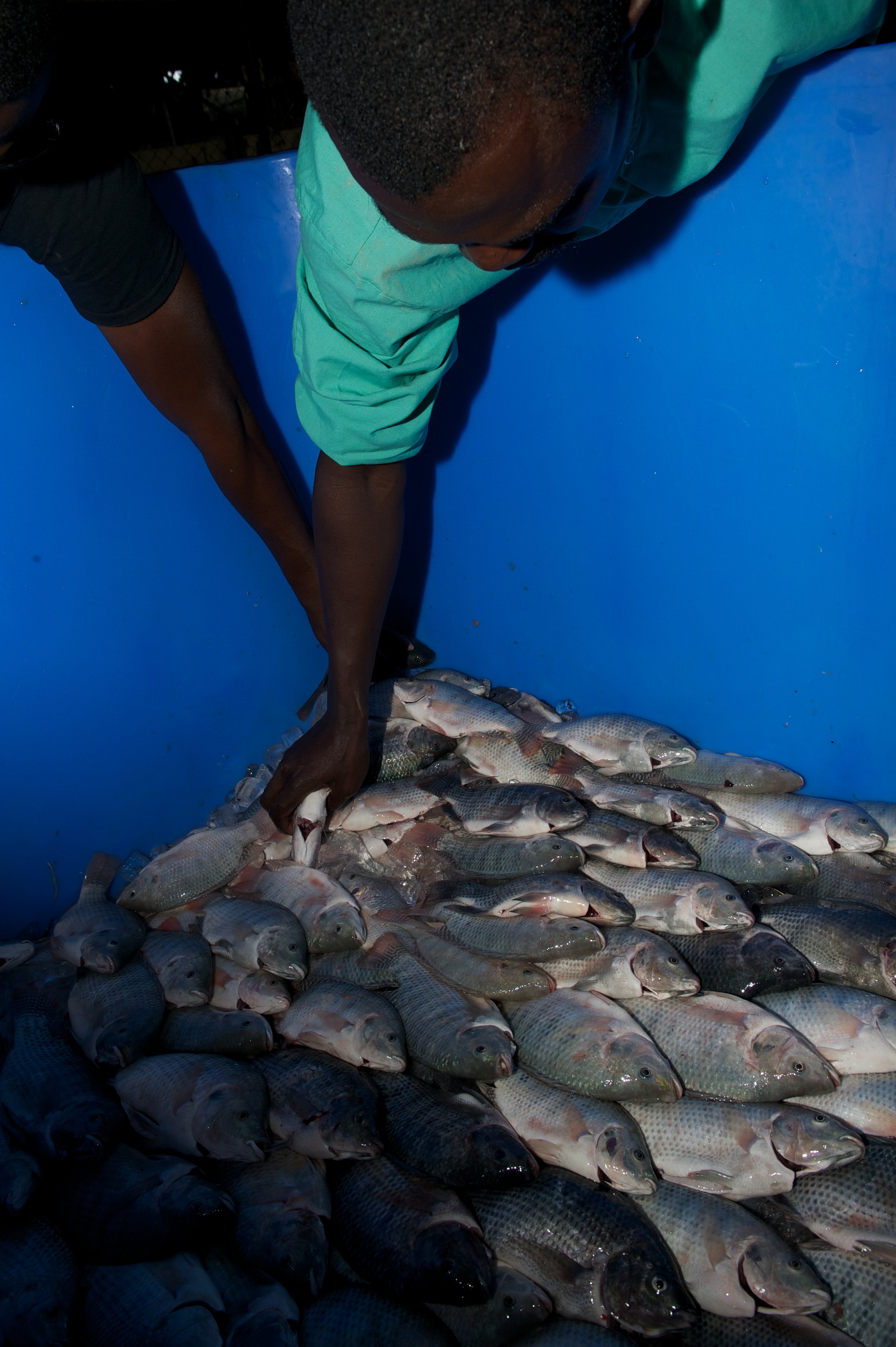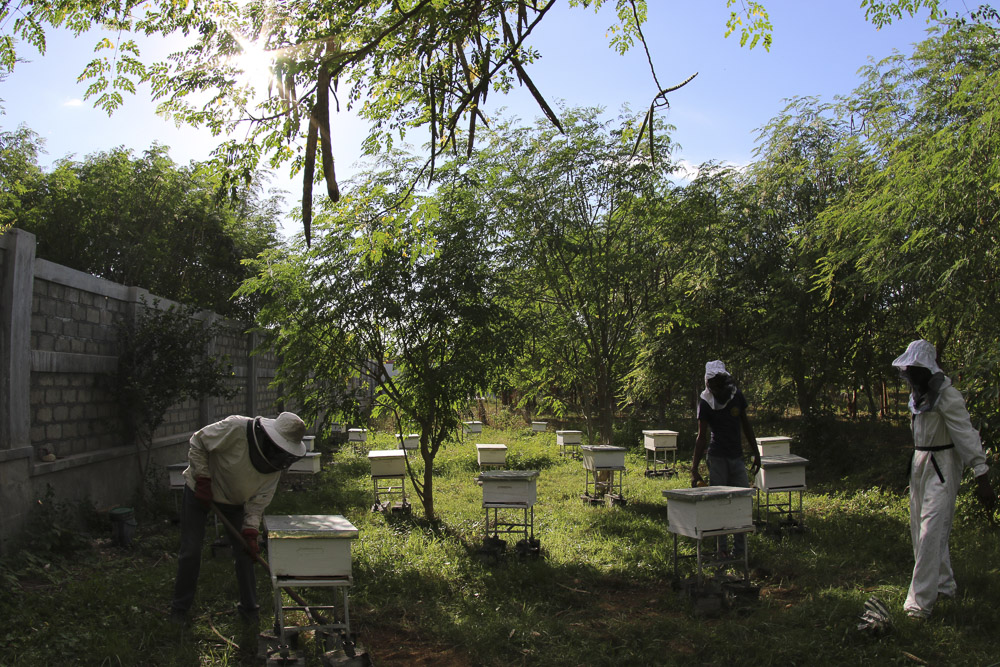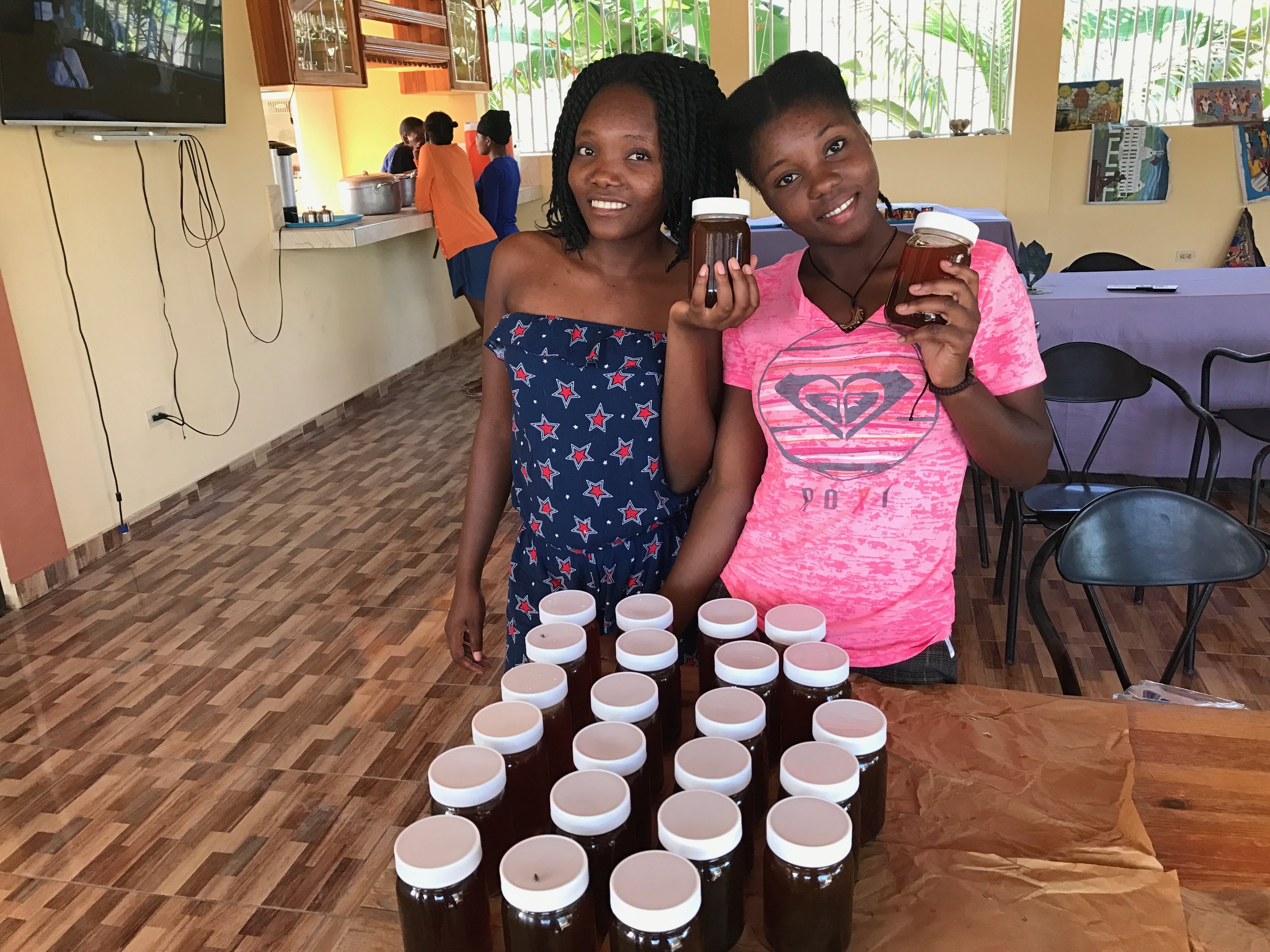St. Luke Combats Food Insecurity!
/Stressed. All of Haiti is stressed, and if it’s not stressed, it’s in crisis. When it comes to food security, “stressed” and “crisis” are the categories that the Integrative Phase Classification (IPC), a system used to classify and predict food insecurity throughout the world, has placed Haiti. The IPC system was created in part by the Famine Early Warning System Network (FEWS NET), a USAID program. IPC uses analytics to predict in advance which countries are most at risk for famine and food insecurity. As of October 2017, the entire country of Haiti, with the exception of just two departments, was categorized as Phase 2: Stressed. This means that, “Even with humanitarian assistance at least one in five households in the area have the following or worse: Minimally adequate food consumption but are unable to afford some essential non food expenditures without engaging in irreversible coping strategies.” The other two departments in Haiti have an even worse rating of Phase 3: Crisis, in which “food consumption gaps,” is the key differentiator.
Food insecurity has long been a problem for Haiti. Deforestation, natural disasters, political unrest, drought, and toxic aid have all contributed to the food insecurity problem that the country now faces.
At St. Luke Foundation, we try to combat food insecurity in any way we can—even small ways. We have started to do this by raising tilapia, producing bread and pasta, and raising chickens for meat and eggs. We also grow bananas, mangoes, coffee, cacao, and moringa, a tree with many nutritional benefits used in Haiti to combat malnutrition and deforestation. St. Luke Foundation also raises honeybees and sells the honey to make a profit.
Our tilapia project started soon after the 2010 earthquake, when we set up our farm under the guidance of another humanitarian organization that was searching for partners to participate in its aquaculture project. For the past eight years, St. Luke has grown tilapia at two different locations in Tabarre, Haiti.
In the beginning, St. Luke bought the fingerling fish to start the production again each month. However, when the organization selling them downsized, St. Luke was obliged to take brooders and breeders to start producing their own fry. These breeder fish produce about 120,000 young every two weeks, although many do not survive. When the fish are about four months old, about 12,000 fish, weighing around 2000lb, are harvested. The goal is to raise the fish until they are about ½ a pound each, as this is the most economical food to product ratio that can be achieved.
Some of the fish that St. Luke produces are used to feed the children living within the community homes of its sister organization, Nuestros Pequeños Hermanos (NPH). The rest of the fish are used to sell in the market to produce a profit. Our long-time partner, The Francesca Rava Foundation in Italy, helped us get the project up and running at the beginning, but now the project is pretty self-sustaining.
In the future, if given the opportunity, St. Luke would love to expand this project to the provinces and Cité Soleil, but to do that electricity is needed, as oxygen must be blown into the pools of fish in order for them to survive. Another idea has been to cultivate the fish in natural streams or rivers by creating a pool in the bank. However, this pool would have to be made out of natural clay, and being within a river might present security issues for the farmers if other people try to steal their fish.
The bakery and pasta production from the St. Luke production center, Francisville, work in a similar way—some of the bread goes to feed children within St. Luke schools, as does some of the pasta. The flour to produce these goods is still imported, but at least within the St. Luke community this creates some food stability.
The eggs, chicken meat, and produce grown at Francisville, are all examples of sustainable food sources within Haiti. Our founder, Fr. Rick Frechette has long been milking his own cows. He takes milk from them three days a week, but the other days leaves them to feed their young. With a grant from the Francesca Rava Foundation, St. Luke will soon be buying 18 more cows. Some of the milk will be used to provide a good source of calcium to the children in our sister NPH program, and the rest will be sold for a profit. St. Luke’s goal is to create as many jobs and feed as many Haitians as we can. As we continue in the holiday season, would you please keep in mind that around 50 percent of Haiti’s population is undernourished? Take a moment to be extra grateful for all that you have and say a prayer for those who have much less—for those who are fighting just to feed their children today. If you have a little extra this holiday season, consider donating to our tilapia program or our production center. Together we will be able to help more Haitians.
